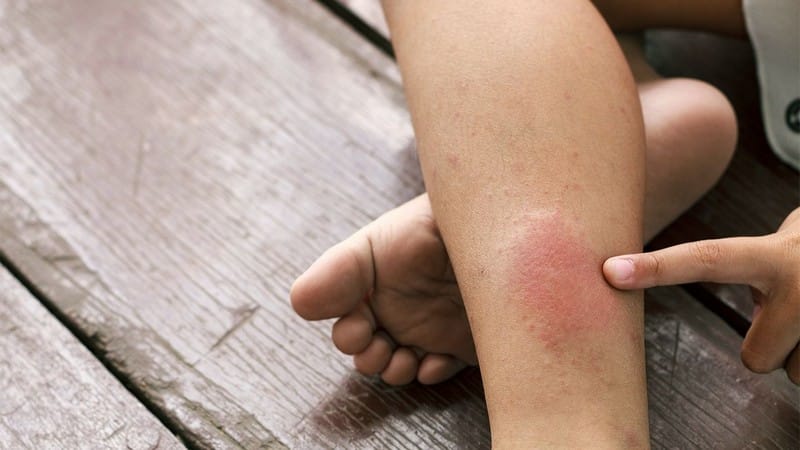History of Blood Clots

People with a history of blood clots, like those with deep vein thrombosis (DVT), have a higher risk of developing spider veins. Blood clots that originate in the lower leg or thigh (a condition known as venous thromboembolism) can break away and travel through the bloodstream to other body parts, including the large veins in the legs and arms. This is called venous thromboembolism. In some cases, these dislodged clots can block off blood flow, causing swelling or obstructing blood vessels.
According to the National Heart, Lung, and Blood Institute, this can lead to an irregular heartbeat, shortness of breath, and chest pain. If a blood clot forms in the veins of the legs or arms, it can also lead to swelling that makes those veins look like spider veins.










